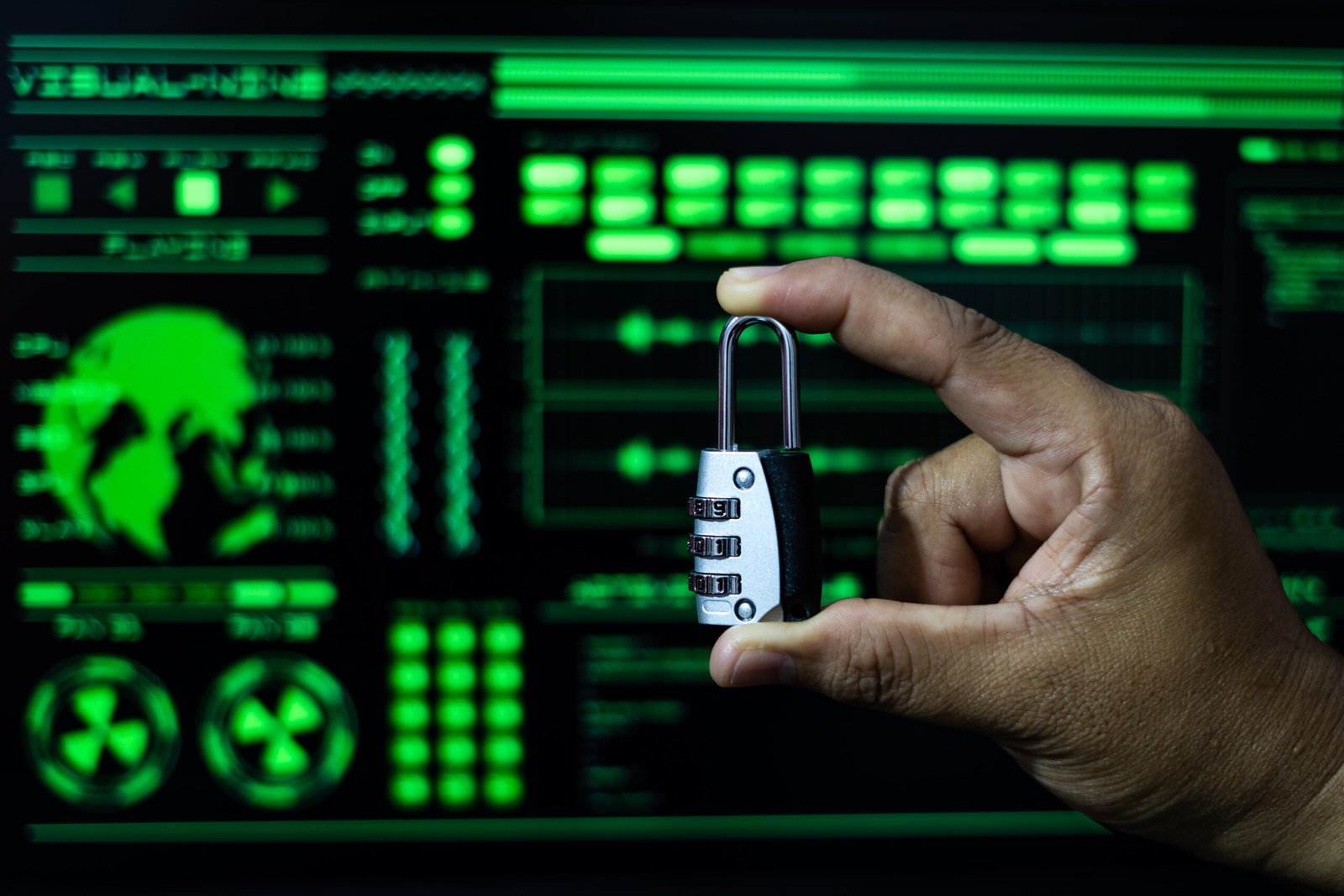How to Secure Your Data with Remote Teams
In an era where remote work is becoming increasingly commonplace, the security of data managed by dispersed teams is a critical concern for organizations worldwide. Ensuring the integrity and confidentiality of sensitive information while it is accessed and processed by remote employees requires a robust strategy involving the right technologies, policies, and training.
The foundation of remote data security begins with the implementation of Virtual Private Networks (VPNs). VPNs create a secure, encrypted tunnel for data traffic between remote employees and the company’s network, protecting data from interception by unauthorized parties. Organizations must ensure that all remote connections are made through VPNs, particularly when employees access corporate resources from public or unsecured Wi-Fi networks.
Next, organizations should employ multi-factor authentication (MFA) across all systems that handle sensitive data. MFA adds an additional layer of security by requiring users to provide two or more verification factors to gain access to a network, system, or database. This method significantly reduces the risk of unauthorized access resulting from compromised credentials, as obtaining multiple authentication factors from the legitimate user is considerably more challenging for cyber attackers.
Data encryption is another crucial element. Encrypting data at rest and in transit ensures that even if data is intercepted or accessed by unauthorized individuals, it remains unreadable and secure. Encryption technologies should be applied not only to files stored on company servers but also to emails, instant messages, and other forms of digital communication.
Regular security training is essential for maintaining a secure remote work environment. Employees should be educated about potential security threats such as phishing attacks, malware, and social engineering tactics. They should also be trained on best practices for password management, secure file sharing, and recognizing suspicious activities. Continuous awareness training helps create a culture of security mindfulness among remote teams.
To further enhance security, organizations should adopt a zero-trust security model, which assumes that no entity inside or outside the network is trusted by default. Under this model, every access request is fully authenticated, authorized, and encrypted before access is granted. Implementing zero-trust can significantly mitigate the risk of insider threats and reduce the attack surface of corporate networks.
Moreover, robust incident response plans are necessary to address any security breaches effectively. These plans should include procedures for identifying, containing, and mitigating breaches, as well as protocols for notifying affected parties and regulatory bodies as required. Regularly testing and updating these plans ensures that the organization is prepared to respond swiftly and effectively to security incidents.
Finally, the role of management in fostering a secure remote work culture cannot be underestimated. Leadership should regularly communicate the importance of data security and ensure that all policies and procedures are aligned with the organization’s security goals. Incentives and recognition for compliance with security practices can also motivate employees to adhere to security guidelines diligently.
In conclusion, securing data in a remote work environment is a multifaceted challenge that requires a comprehensive approach. By implementing advanced security technologies, enforcing strict policies, conducting regular training, and cultivating a strong security culture, organizations can protect their data effectively while reaping the benefits of remote work.

